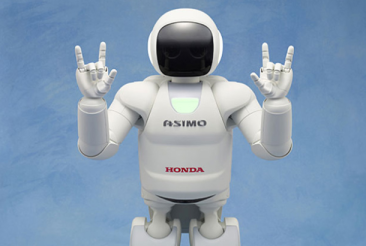In a recent report sponsored by the SAP institute, Human Capital Media released the dramatic headline: Humans Are Not Robots.”
OMG! Really??? And here, for nearly a century, we’ve been treating them like they are!
 What are we going to do?
What are we going to do?
The SAP article was talking about the implication of having to accommodate individual differences that are not problematic when coding application software – but just imagine! Eventually, we’ll have to treat everyone as unique individuals with their own skills and experiences and histories and capabilities and – good heavens! – emotions!
We’ll have to start actually discussing how people can use their unique value to contribute to team efforts in a collaborative, innovative way. We’ll have to use a common language to describe those skills (for efficiency, of course – since we can’t completely lose sight of that!), and management will have to actually change from what Ordway Tead described in 1935 as, “getting people to do what they ordinarily wouldn’t want to do” to helping people grow, aligning their strengths and capabilities and passions with corporate interests which – come to think of it – might actually address real customer problems.
Now, of course this post is jestful hyperbole. But think about it! What are we really doing when we treat everyone in the company as some sort of conglomerate entity? We might, of course, differentiate between roles or levels in the organizations (Nurses vs. Doctors, Management vs. Workers, etc.) – but we still bunch all these folks together as though we could establish one approach that might successfully eke out the most productivity we can from them.
Now, we’ve even added age differentiation into our vocabulary. It’s really discriminatory ageism – but it sounds niftier when we call it “Millenials” vs. “Gen Y” vs. “Boomers.” Cute titles make it ok to segregate, I guess.
How do we end this descending spiral into a day when our workforce really is simply an automated resource? By honoring and respecting each other as individuals who are of inherent value – not just because of what their job title is, or their rank in the organization, or their education or age or ethnicity or any other factor – besides the value in being who they are. From there, we can appreciate history and education and circumstance and experience and passion, and help each other evolve a workplace – and a world – worth living.
- Honda Asimo Robot


